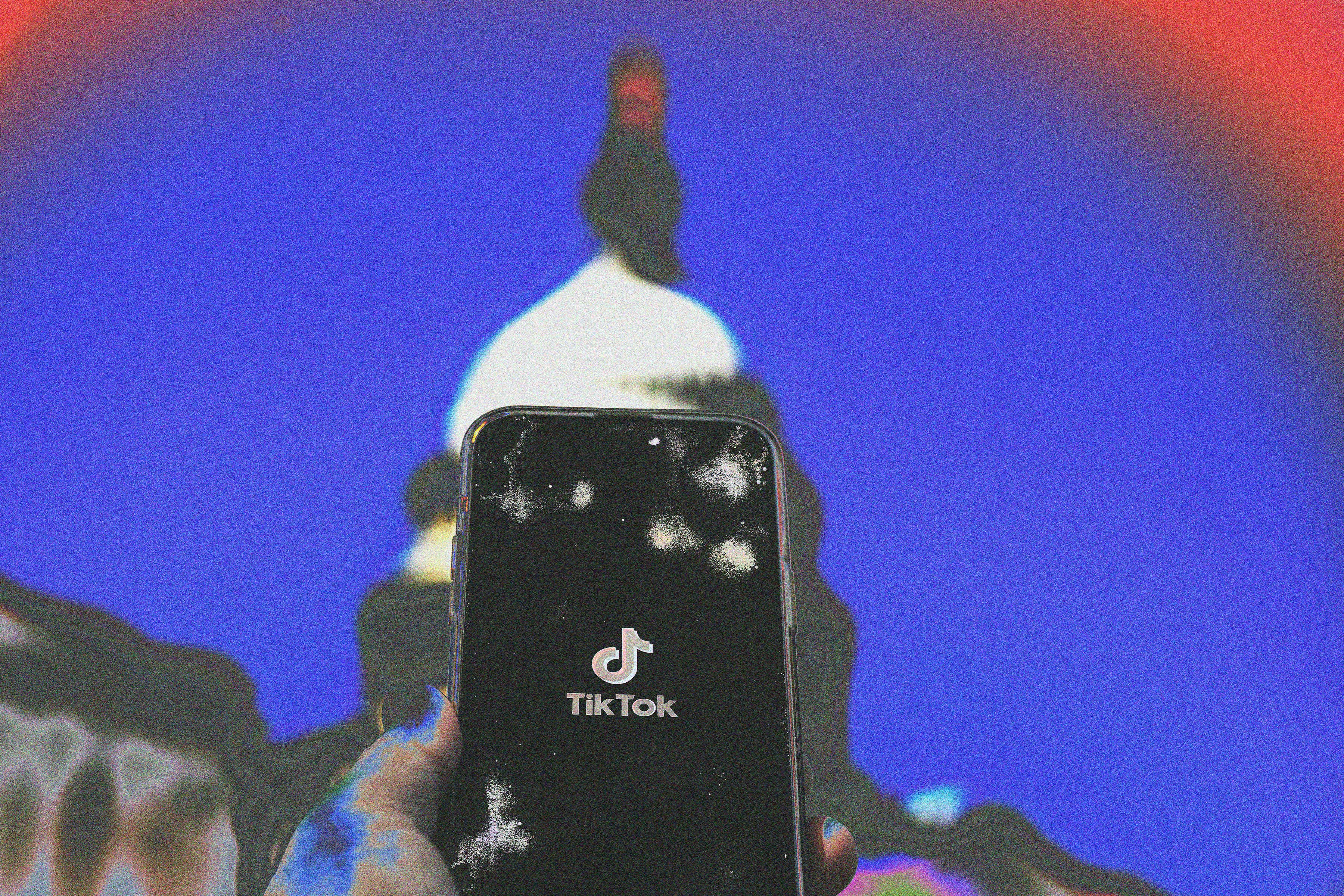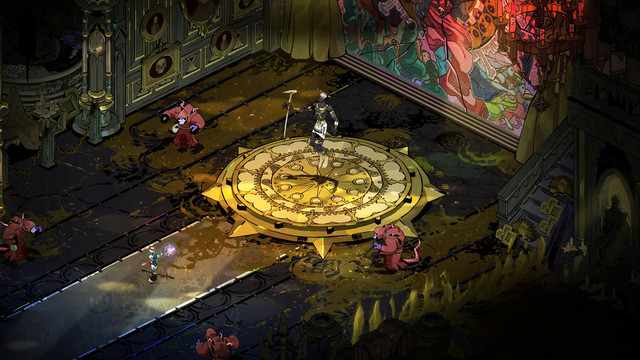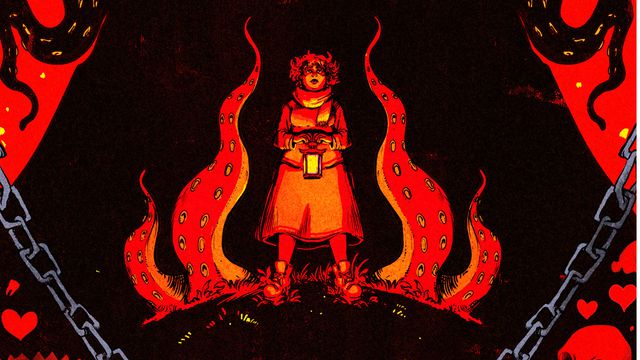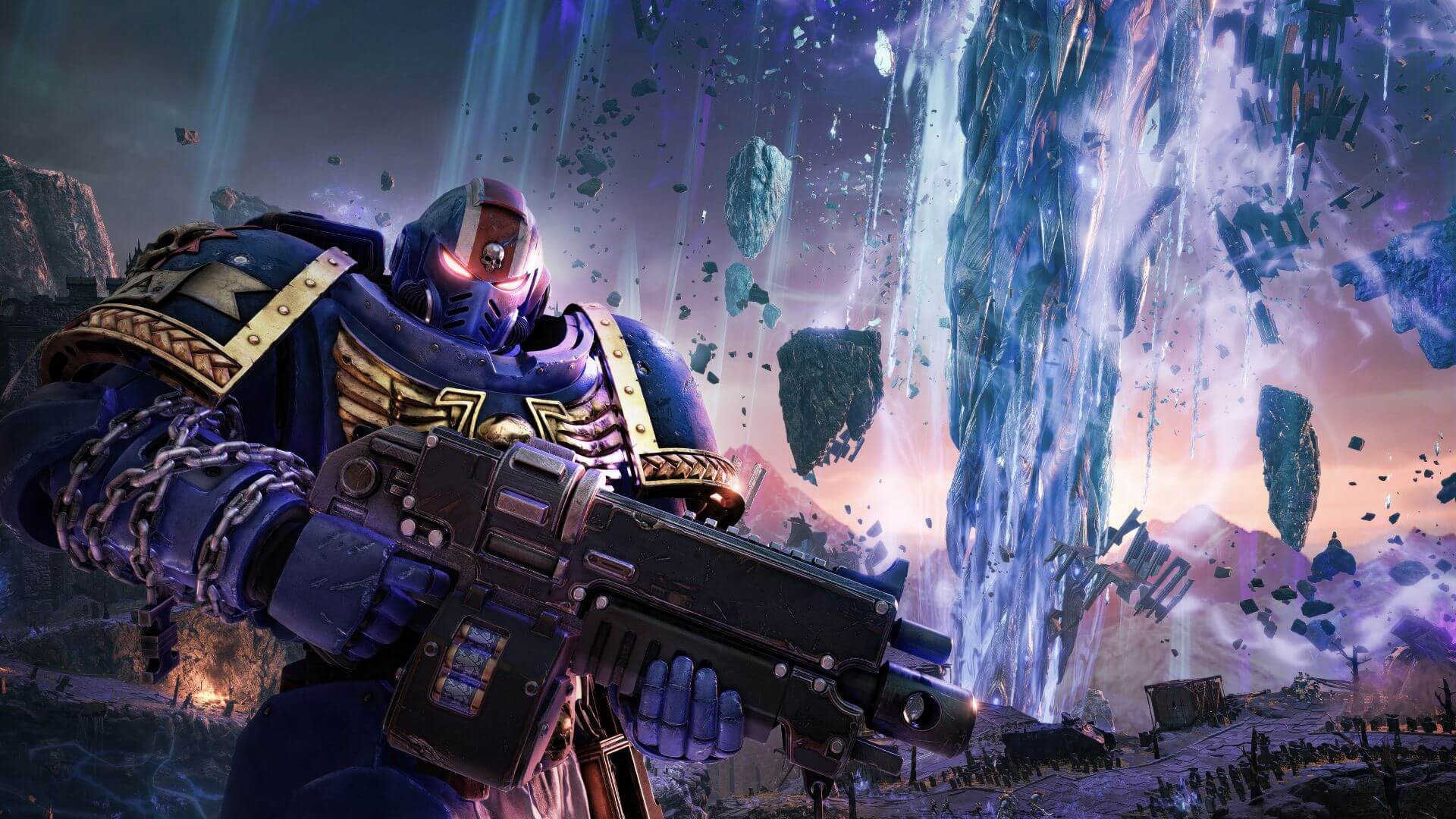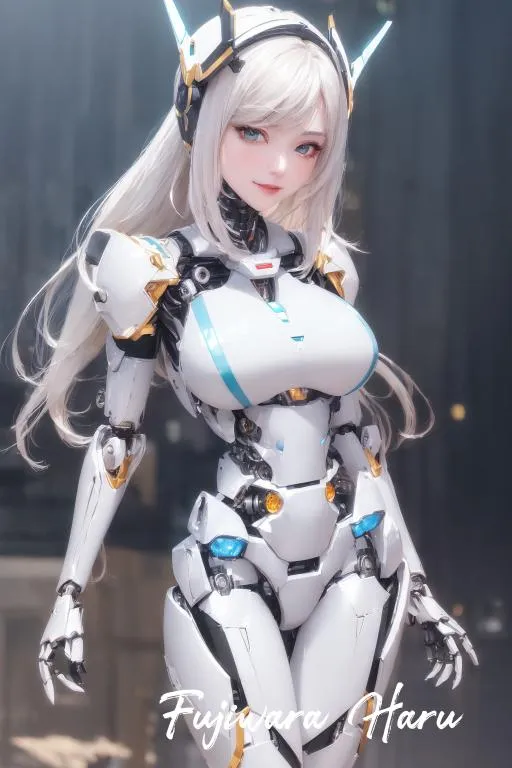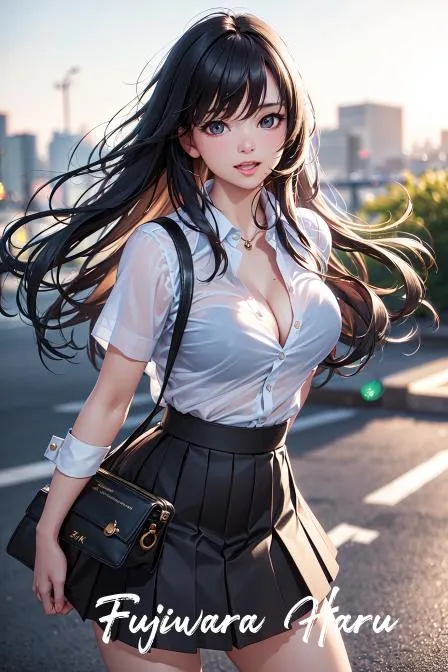“Can Disney make a good film anymore?” -Gene Siskel, in his Sneak Previews review of The Black Hole
Though Disney’s 1979 space saga The Black Hole had been in development for years prior to Star Wars’ release in 1977, the film became a priority at Disney after the success of George Lucas’ mega-hit. Outer space pictures were suddenly en vogue post-Star Wars, though the people who made The Black Hole (which opened 44 years ago today) appear to have been mostly in the dark when trying to figure out what made Lucas’ film work so well. (And still, it was reportedly the most expensive Disney film ever produced at the time.) The Disney that greenlit The Black Hole stands in stark contrast to the mega-studio of today that has the reins of pop culture tightly in its grasp; back in the late ’70s, Disney was just trying to keep on keepin’ on, while other studios were reshaping the future of Hollywood cinema.
After a good old-fashioned musical overture – remember those? – that seems to promise an epic that will never quite arrive, a whiz-bang opening credits sequence depicts a computer-animated grid representative of a black hole. It’s actually pretty cool, and state-of-the-art for the time, augmented by John Barry’s hauntingly intense title theme.
But then the movie proper starts with a fairly mundane shot of a spacecraft slowly trekking across the frame in interstellar space while a voiceover – Roddy McDowall, who was apparently happy to take on any sci-fi gig that came along during this period – ticks off meaningless statistics about the vessel and its crew’s voyage. This goes on for a full minute – an eternity, really. Compared to Star Wars’ iconic and exciting opening shot of the Star Destroyer seemingly soaring over the heads of the audience, John Williams’ theme booming along the way, this is an underwhelming beginning to the proceedings, more 2001-lite in its sluggish approach than anything reminiscent of that galaxy far, far away.
When we finally cut to the interior of the ship, director Gary Nelson (helmer of the original Freaky Friday for Disney, and I’m here for it) gives us our first glimpse of the film’s main robot, V.I.N.CENT. (His name is short for Vital Information Necessary CENTralized, of course.) Voiced by (a for some reason uncredited) McDowall, he’s the cutest mechanical critter you ever did see, or at least had seen since R2-D2 two years earlier, who he is almost certainly a rip-off of.
We also learn that the ship, an exploratory Earth vessel called the Palomino, is a zero-gravity environment, which is a nice touch not just because it attempts to anchor the film in some kind of quasi-realistic science, but also because you get to see Ernest Borgnine floating around on wires. (What effect this long-term voyage’s lack of gravity would have on its crew is perhaps best not dwelled on, particularly in regards to Borgnine.)
But yeah, Ernest Borgnine is in this. Indeed, the entire cast reads like something out of a 1970s disaster movie, which is perhaps not a surprise as The Black Hole was originally conceived as a space-set version of that very-’70s movie genre. Ensembles of aging actors were pro forma for disaster flicks, and so The Black Hole also stars Anthony Perkins, Robert Forster, Maximilian Schell, and Yvette Mimieux. With the exception of the 25-year-old Joseph Bottoms, this was a distinctly middle-aged group who were about to go on "a journey that begins where everything ends," as the original trailer promised. It’s an odd way to go for the studio, not giving its target audience – kids and young people – any characters they could really identify with.
The execs at Disney were seemingly aspiring to transcend what the studio’s live-action films had been up until that point. The Black Hole was to be more adult – it was the first Disney film to get a PG rating, after all. And it does veer into some fairly strange and disturbing areas that were a far cry from the Apple Dumpling Gang and Pete’s Dragon projects of the era. Perhaps it’s those touches that have kept it lingering in the minds of those of us who first saw, and were mildly traumatized by, the film in childhood.
After the crew of the Palomino muddle along for the first 15 minutes of running time, they stumble upon not just the black hole of the title but also the long-lost Earth ship Cygnus, a strikingly designed thing that looks like a horizontal skyscraper that somebody forgot to finish building. (The design work on the film is pretty breathtaking at times.) Our heroes find Schell’s creepy mad scientist Dr. Hans Reinhardt onboard, who has big plans to go “in, through and beyond!” the black hole. And you know what? He does! Sort of.
Of course, Reinhardt turns out to be evil, as if Maximilian – his kick-ass giant red robot with the propeller blades on its arms – wasn’t evidence enough. (Was he named for Schell? I don’t know, but I did name my dog after the robot.) Eventually, Max uses those blades to disembowel Tony Perkins in a quite disturbing moment; old Disney figured not showing any blood would help them sneak the scene in, apparently, but the gurgling Perkins produces in the place of any last words is way more unsettling than a few squibs would’ve been. It’s messed up.
And then there are the humanoid robots onboard the Cygnus who turn out to actually be gasping, zombie-like slaves that Reinhardt has transformed/manufactured from what is left of his old crew. It doesn’t make a ton of sense in the context of the film’s story, but the reveal of what those poor bastards really are is hard to shake even now.
Really, there’s not a ton of logic to most of the film’s story, and the science is gibberish. (Check out Reinhardt as he’s preparing for his decades-in-the-making trip into the black hole, reading his calculations. “B squared, over A squared, sine squared…” Whaaa?) But then director Nelson comes around and gives us a beautiful image of a scarlet asteroid storm overcoming the Cygnus against the backdrop of the swirling black hole, and it kinda doesn’t matter what makes sense or not anyway.
The film also has the guts to kill off one of its cute robots in what winds up being the most emotionally moving scene in the whole movie. V.I.N.CENT meets an earlier model of his type, Old B.O.B. (voiced by an also uncredited Slim Pickens), and in a final showdown with that nasty Maximilian, B.O.B. is mortally (robo-mortally?) wounded. But before he passes on, he tells V.I.N.CENT to remember that “We’re the best.” Yes, the death of a plastic-looking robot with googly eyes will make you cry.
But what happens once you go into a black hole? Because the movie has to dive into that gaping maw of wonderful VFX eventually. Well, the short answer is you wind up in either heaven or hell, depending on your actions in the previous 90 minutes of the movie. Yeah, The Black Hole goes there, but it’s mainly because the filmmakers never really figured out how to end the movie. Indeed, Nelson admitted to The Hollywood Reporter in 2019 that they didn’t have an ending for the film at the start of production. “We filmed for quite a long time before we actually did come up with it,” he said.
So while Forster, Bottoms, Mimieux and even V.I.N.CENT seem to travel through some kind of shiny, otherwordly cathedral of good – either that, or a 1979 discotheque while on some good drugs – Schell’s Reinhardt descends into the burning agony of the underworld, merging with Maximilian. What does it all mean?
I’m sorry to say that the answer is… it means nothing. The Black Hole doesn’t really add up to much, and that finale is clearly tacked on and, as such, lacks any real resonance. The film's box office was soft and the movie was met mostly with shrugs by critics. And yet, this ultimately empty if visually interesting film still left a huge impression on a certain generation, including me. It's an interesting exercise – a movie that has nothing to say, but that somehow still exerted a great influence on some viewers. I read the novelization, had the toys, wrote my own rip-off homemade comic, and as previously noted, even named my dog Max after one of the characters. And I still enjoy the film, despite its many failings (and because of some of its cool bits).
Someone at Disney must’ve also had fond memories of The Black Hole, because at one point a remake was in the works from Tron: Legacy director Joseph Kosinski.
But then Disney thought better of it and just bought the actual Star Wars franchise instead this time.
Talk to Executive Editor Scott Collura on Twitter at @ScottCollura, or listen to his Star Trek podcast, Transporter Room 3. Or do both!


